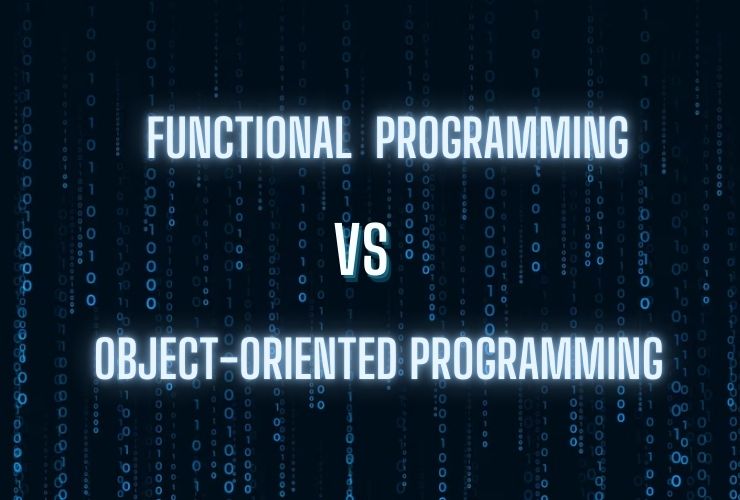When diving into the world of programming, you’ll come across different programming paradigms, each with its own strengths and weaknesses. Two of the most popular paradigms are Functional Programming (FP) and Object-Oriented Programming (OOP). These approaches differ significantly in how they manage data, structure programs, and solve problems. Understanding the differences between them is essential for choosing the right tool for your project.
What is Functional Programming?
Functional programming focuses on pure functions—functions that always produce the same output for the same input and have no side effects, such as modifying variables or changing states. This makes FP particularly useful for applications where predictability and reliability are crucial.
Key concepts in functional programming include:
- Immutability: Data cannot be changed once it’s created.
- First-Class Functions: Functions are treated as data, meaning you can pass them as arguments to other functions.
- Recursion: Instead of loops, FP languages often rely on recursion (a function calling itself).
- Higher-Order Functions: Functions that take other functions as arguments or return them.
Languages that follow this paradigm include:
- Haskell
- Erlang
- Scala
- F#
What is Object-Oriented Programming?
Object-oriented programming revolves around the concept of objects—which bundle both data and behavior (methods). It’s designed to structure programs in a way that models real-world systems, making it intuitive and easy to manage complex projects. OOP is ideal for applications that involve multiple interactions between objects or systems.
Key concepts in object-oriented programming include:
- Classes and Objects: A class defines a blueprint for objects, and objects are instances of classes.
- Inheritance: One class can inherit properties and methods from another, promoting code reuse.
- Encapsulation: Data is hidden inside objects and can only be accessed through specific methods, ensuring data integrity.
- Polymorphism: Different objects can be accessed through the same interface, making it easier to extend and modify programs.
Popular OOP languages include:
- Java
- C++
- Python
- Ruby
Key Differences Between Functional and Object-Oriented Programming
- State Management:
- In FP, data is immutable. Once a value is assigned, it cannot be changed. This makes it easier to reason about the program’s state.
- In OOP, objects manage their own state, and data can be mutable, allowing for dynamic changes during the program’s lifecycle.
- Code Structure:
- FP emphasizes writing small, reusable, and independent functions.
- OOP emphasizes structuring programs into classes and objects that mirror real-world entities.
- Execution Flow:
- FP often avoids loops and uses recursion to iterate over data.
- OOP uses loops and other control structures to manipulate object states over time.
- Side Effects:
- FP aims to have no side effects, making programs more predictable.
- OOP often involves side effects, as objects can change their state over time.
- Reusability:
- In FP, code reuse happens through higher-order functions and composition.
- In OOP, code reuse happens through inheritance and interfaces.
- Concurrency:
- FP is better suited for parallel and concurrent programming since immutability makes it easier to avoid race conditions.
- OOP can be trickier to manage in a multi-threaded environment due to mutable state.
Which Paradigm Should You Choose?
There’s no one-size-fits-all answer to this question. Your choice depends on the specific needs of your project:
- If you’re working on a system that requires high reliability and has many mathematical calculations or data transformations, Functional Programming may be more suitable.
- If your project models real-world interactions with multiple objects communicating and sharing state, Object-Oriented Programming is likely the better choice.
However, modern programming languages often allow you to use a combination of both paradigms. For instance, Python and Scala support both functional and object-oriented programming styles.









